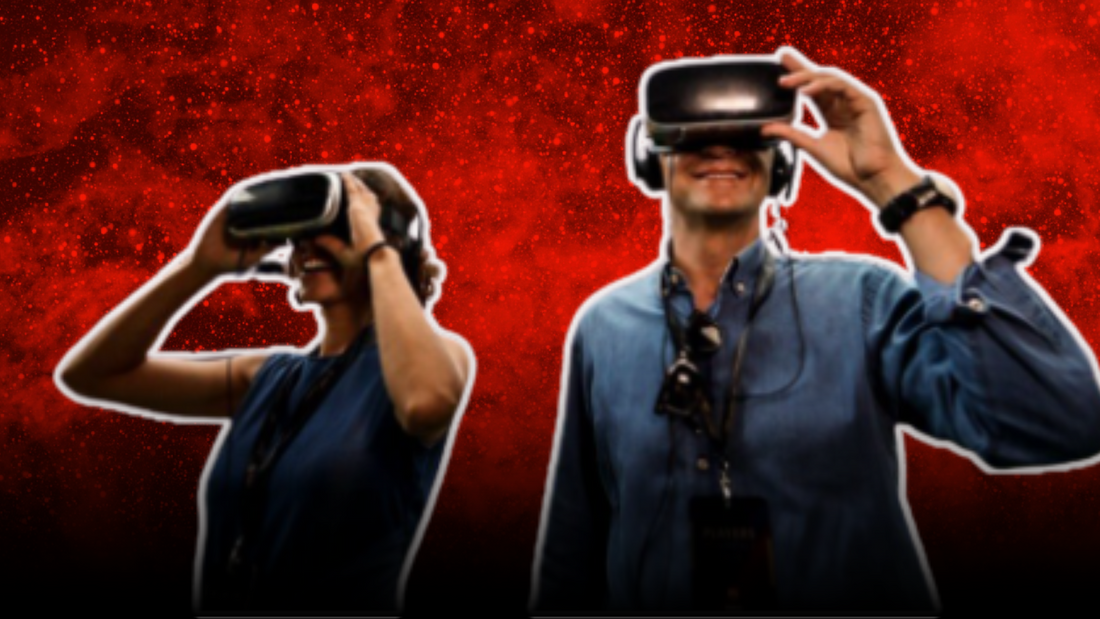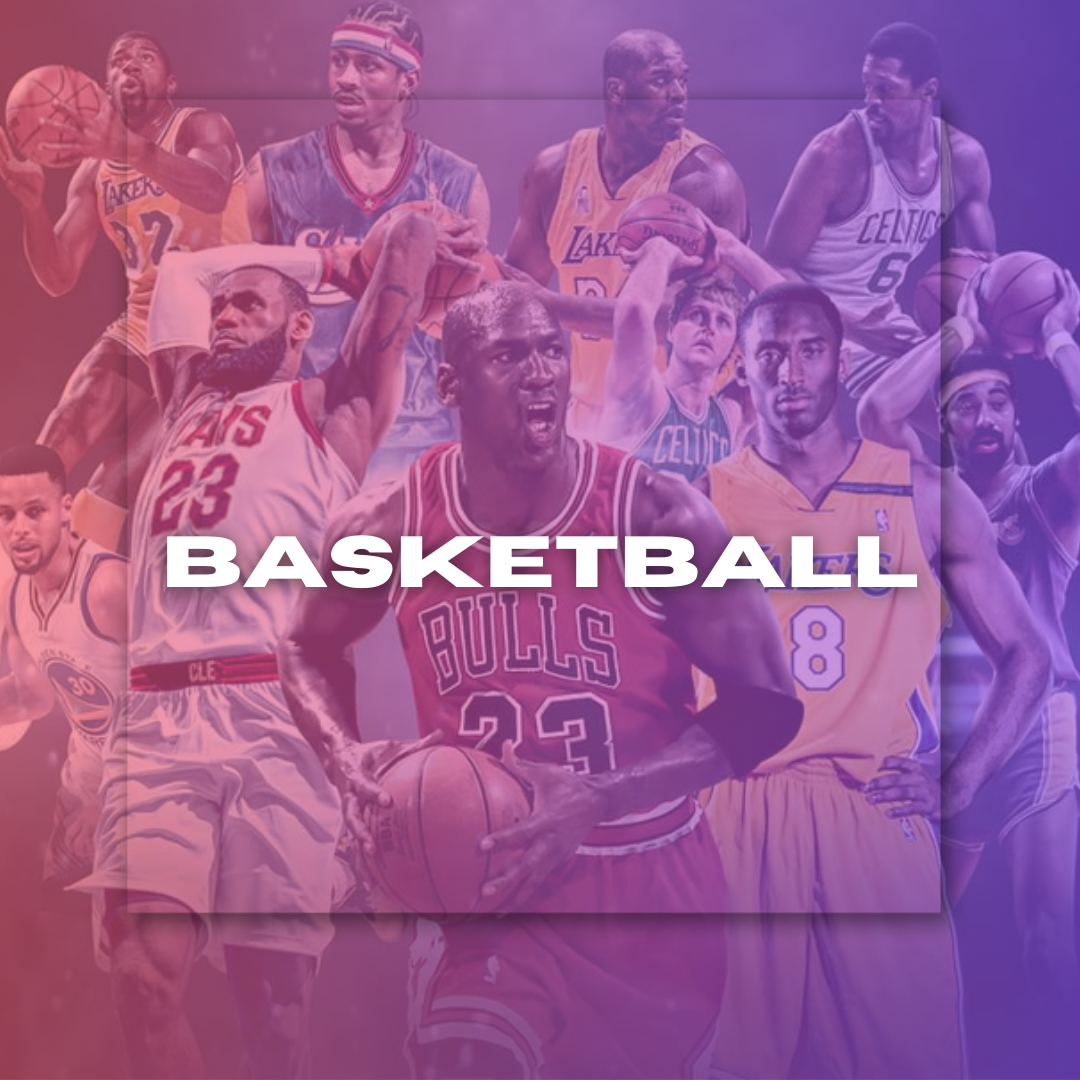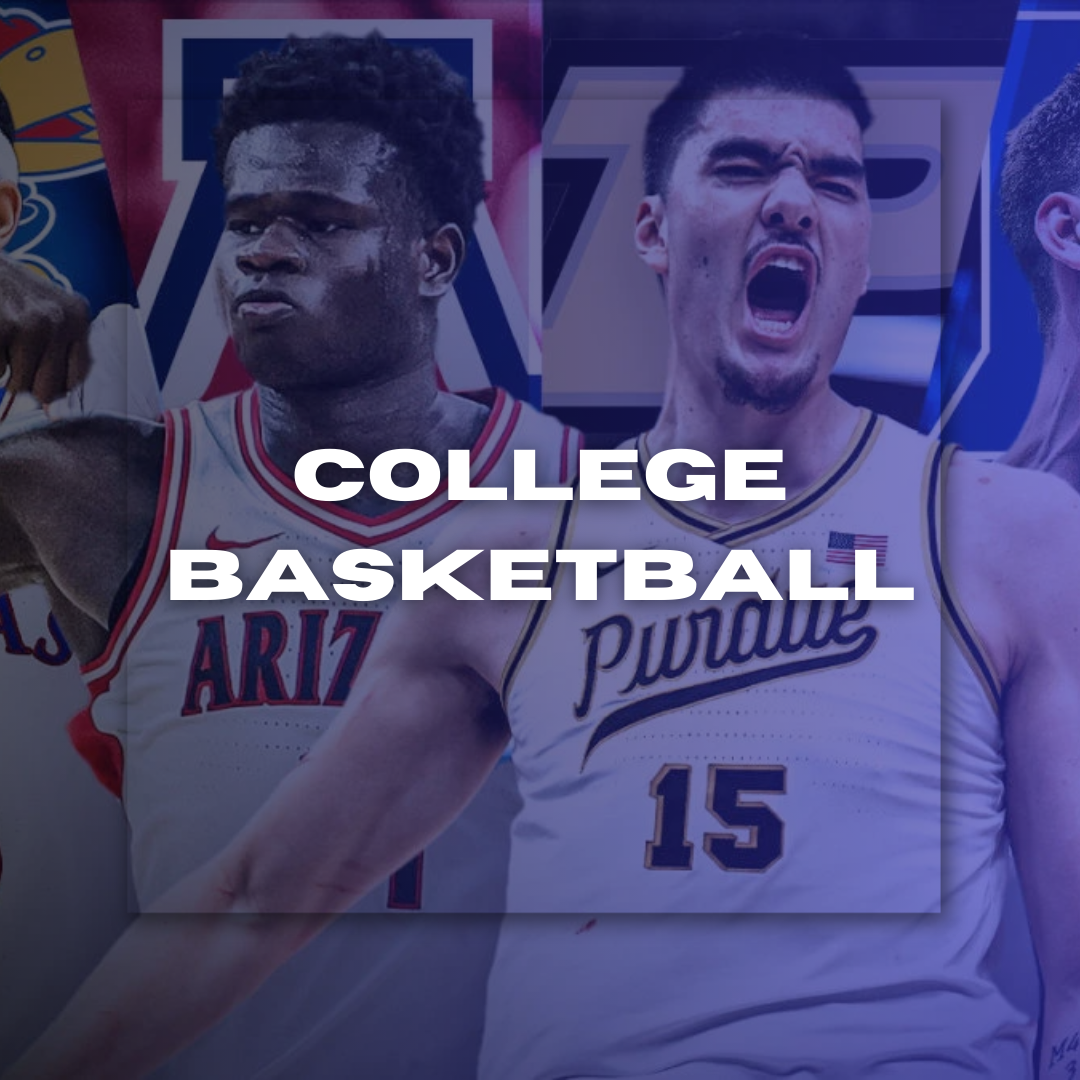
How Virtual Reality Is Changing the Way Fans Experience Live Pro Sports Events in 2025
By Jocelyn Alano June 09, 2025 09:27
In 2025, virtual reality (VR) is revolutionizing how fans engage with live professional sports, transforming the traditional stadium experience into a borderless, immersive, and highly personalized event. While only about 1% of fans actually attend games in person, VR technology is bridging the gap for the other 99%, allowing millions worldwide to feel as if they are right in the heart of the action from the comfort of their homes or on the go.
Immersive Viewing Like Never Before
VR enables fans to experience games from perspectives previously unimaginable. Instead of watching on a flat screen, viewers can don VR headsets and virtually sit courtside at an NBA game or stand along the sidelines of an NFL matchup. This immersive experience offers 360-degree views, real-time replays, and interactive features that put fans in control of their viewing angles and engagement levels.
For example, leagues like the NBA and English Premier League have partnered with tech giants such as Meta to broadcast select games in VR, creating virtual arenas where fans can socialize, cheer, and interact with other spectators globally. This social aspect is key to replicating the communal energy of live events, even when physically apart.
Enhanced Data and Interactive Features
Beyond just viewing, VR integrates augmented reality (AR) overlays that provide real-time statistics, player bios, and tactical insights directly into the fan’s field of vision. Imagine watching a soccer match and instantly seeing a player’s speed, pass accuracy, or heat map projected over the pitch. The NFL’s experimental AR apps already allow fans to point their phones at the field to access detailed player stats, a feature expected to be fully integrated into VR broadcasts by 2025.
This data-driven immersion deepens fan understanding and engagement, turning passive viewers into active participants. It also opens new monetization avenues, as personalized content packages and premium analytics can be offered to fans willing to pay for enhanced experiences.
Global Reach and Accessibility
VR breaks down geographic barriers, allowing fans from Tokyo to Buenos Aires to share the thrill of live sports together. AI-powered translation and localized content ensure that fans worldwide receive tailored experiences in their native languages, expanding leagues’ global footprints. The Bundesliga’s partnership with AWS exemplifies this, using AI to deliver personalized highlights and analysis to fans across multiple continents.
Moreover, VR offers accessibility benefits for fans unable to attend due to physical limitations or financial constraints. By providing affordable virtual tickets, leagues can tap into new revenue streams and broaden their fanbase.
Market Growth and Fan Adoption
While VR sports viewership was modest a few years ago only 5% of fans had used VR to watch sports as of 2023 adoption is accelerating rapidly. Sales of VR devices are projected to rise sharply, driven by younger, tech-savvy generations like Gen Z, who prefer interactive and social digital experiences. Surveys indicate that a significant percentage of sports fans, especially in markets like China, are willing to pay for VR access to premium sporting events, signaling strong commercial potential.
Challenges and the Road Ahead
Despite the promise, challenges remain. High-quality VR experiences require robust internet infrastructure and expensive hardware, which can limit accessibility. Content creators must also balance technological innovation with user comfort to avoid issues like motion sickness.
However, ongoing advances in AI, 5G connectivity, and VR hardware are steadily overcoming these barriers. As technology matures, VR is set to become an integral part of the live sports experience, complementing rather than replacing in-person attendance.
Virtual reality is fundamentally reshaping how fans experience live professional sports in 2025. By delivering immersive, interactive, and globally accessible experiences, VR is expanding the reach and emotional impact of sports fandom. As leagues and broadcasters continue to innovate, fans can look forward to a future where the thrill of the game is just a headset away no matter where they are in the world. This technological evolution not only deepens fan engagement but also creates exciting new opportunities for monetization and global growth in the sports industry.


































































